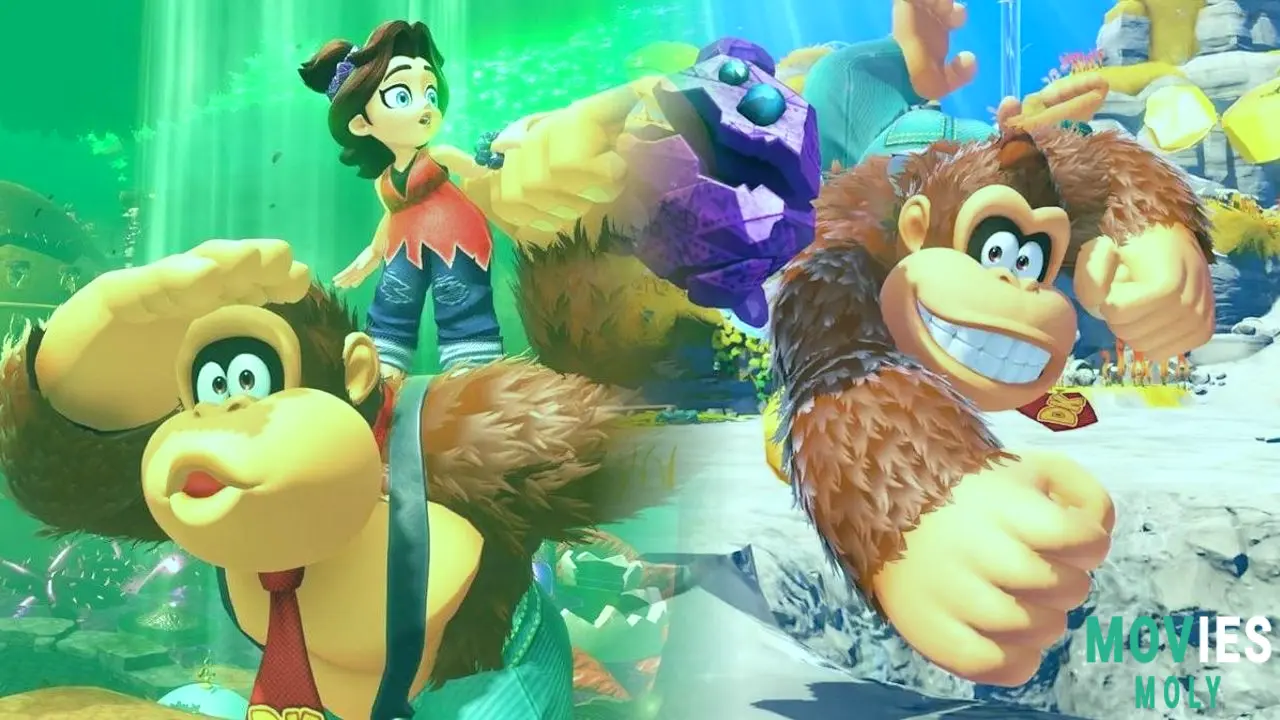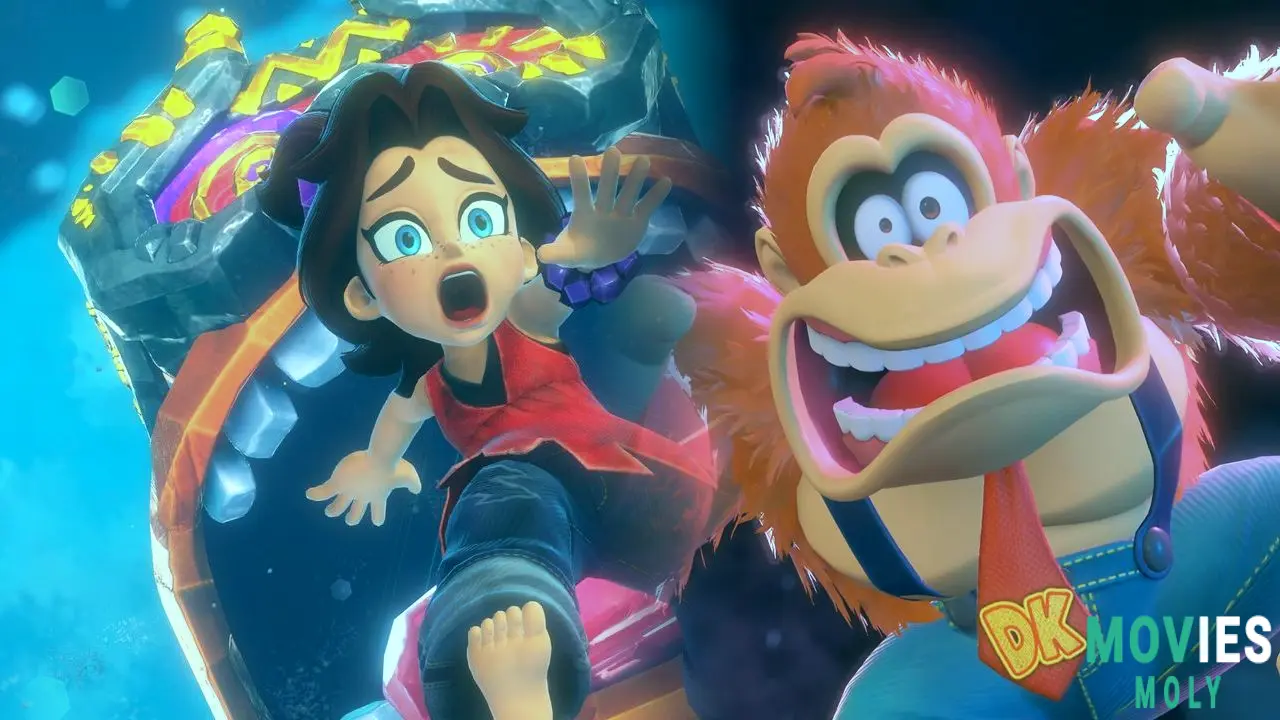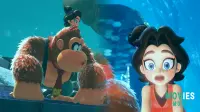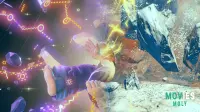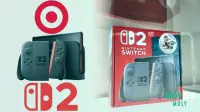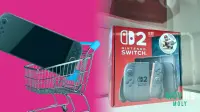The long-awaited Donkey Kong Bananza is now available for Nintendo Switch 2. It gives fans a new look at the adventures of the legendary ape. This new 3D platformer not only lets you destroy things and explore, but it also makes big modifications to its famous characters, like getting new voice actors for Donkey Kong and Pauline. The team that made the popular Super Mario Odyssey game is working on Donkey Kong Bananza, which is likely to change what people anticipate from the franchise and from 3D platforming on Nintendo's newest console.
What is the game Donkey Kong Bananza? DK's New EraDonkey Kong Bananza is a big deal for the Donkey Kong series because it's the first 3D Donkey Kong game that Nintendo made itself since Donkey Kong Jungle Beat in 2004. The project started after Super Mario Odyssey was finished in 2017, first on the original Nintendo Switch. The team did switch to the Nintendo Switch 2 in 2021, though, to fully realize its big ideas, especially the game's many destructible locations. Kenta Motokura and Kazuya Takahashi, two important members of the Super Mario Odyssey team, led this project. Their goal was to make a unique 3D Donkey Kong game that focuses on his strength and new actions through the main idea of "destruction."
Meet the Cast: The Voice Actors and Character Lore for Donkey Kong Bananza
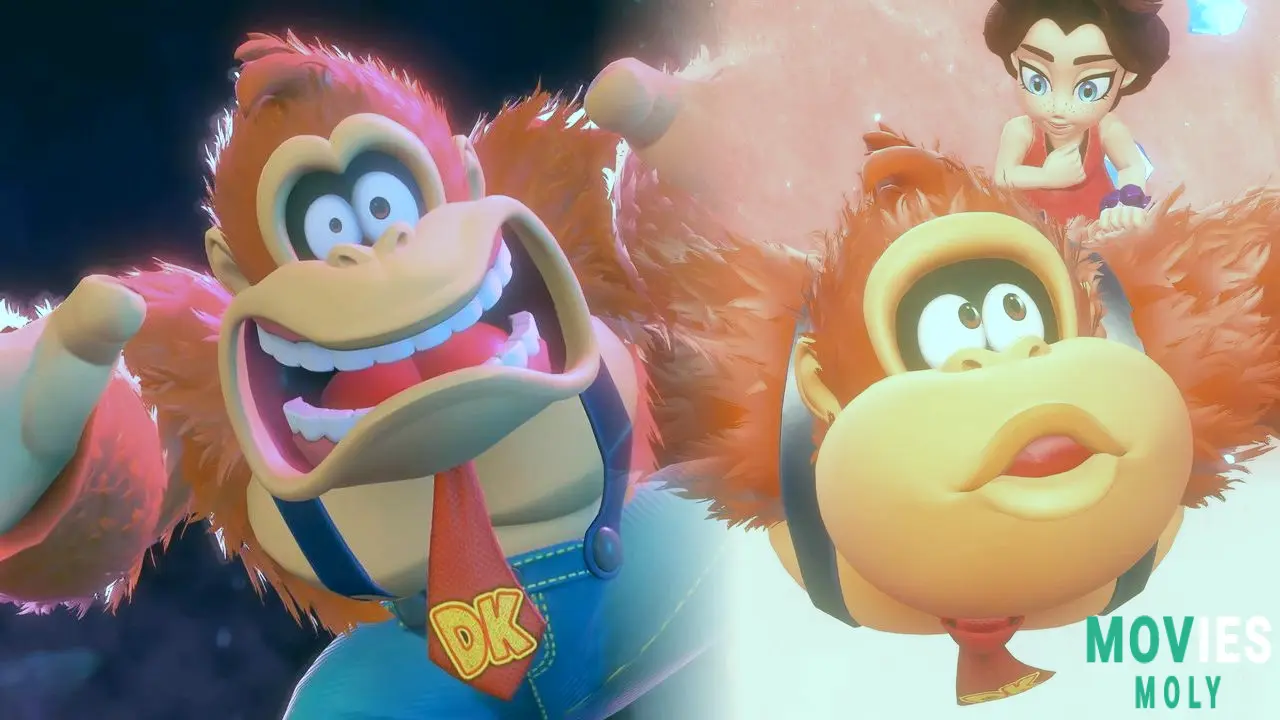
Fans have talked a lot about the changes in voice acting for Donkey Kong and Pauline, two main characters in Donkey Kong Bananza. The credits corroborate these changes.
The new voice of Donkey Kong is Kouji Takeda.
Kouji Takeda is now the voice of Donkey Kong in all of the language selections for Donkey Kong Bananza. Takeda voiced Donkey Kong in the Japanese version of The Super Mario Bros. Movie and then again in Mario Kart World. This change means that Takashi Nagasako, who voiced DK for more than 20 years, is no longer credited with the role. Takeda has also voiced other Nintendo characters, like Daruk in The Legend of Zelda: Breath of the Wild.
Jenny Kidd: Speaking for the Younger Pauline
Jenny Kidd, an actress and musician, now portrays Pauline in the English version of Donkey Kong Bananza. She does both the speaking and singing for the character. This is a change from Kate Higgins, who voiced Pauline in Super Mario Odyssey. The transformation makes sense because Pauline looks like a younger version of herself in Bananza, when she was 13.
The new voice performers for DK and Pauline in #DonkeyKongBananza give these well-known characters a new lease on life. I love the story of the younger Pauline! #Nintendo
Putting the Timeline Together: Bananza's Role in DK Lore
Donkey Kong Bananza makes it clear where it belongs into the larger Nintendo narrative. It is a prequel to Super Mario Odyssey. Pauline and DK arrive in New Donk City at the end of the game. Pauline follows her dream of becoming a musician, which sets the stage for her role as mayor and vocalist in Odyssey. This new context also gives a different meaning to Pauline's "captured by ape" remark in Super Mario Odyssey. It suggests that it is about her being kidnapped by VoidCo's Void Kong in Bananza, not the original Donkey Kong arcade events.
In the game, Donkey Kong is a friend and sometimes a father figure to Pauline. Bananza makes it clearer what DK and Pauline's relationship is, but it's still not obvious how it fits into the Donkey Kong Country games or whether Cranky Kong is the original Donkey Kong.
Gameplay Deep Dive: Environments that can be destroyed and Bananza transformations
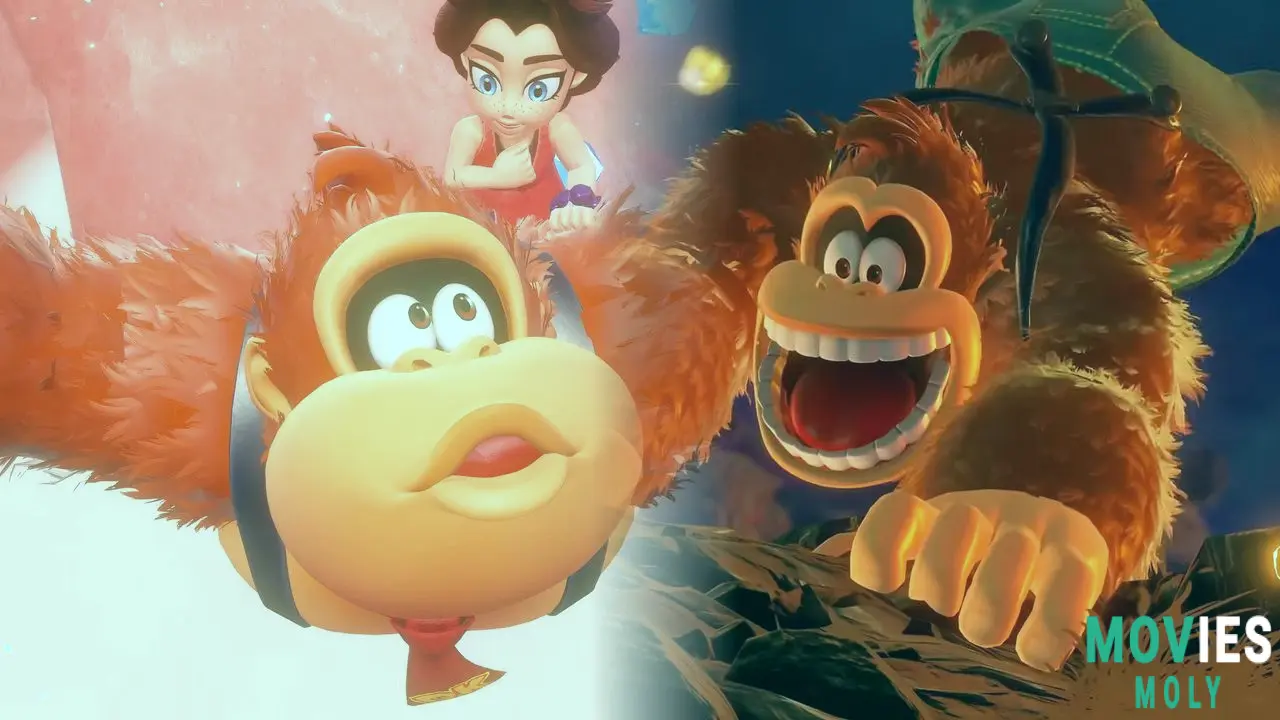
The main idea behind Donkey Kong Bananza is destruction, which came from a programmer's trial with voxel technology after Super Mario Odyssey. This lets players change the terrain in ways that have never been possible before.
The Revolutionary System for Destructible Terrain
Donkey Kong may break, dig, and hurl pieces of the environment in Donkey Kong Bananza. Almost every surface can be broken. This isn't just for show; it's important for solving puzzles, finding hidden passageways, and getting an edge in battle. Players can, for instance, dig underground to build new paths or utilize portions of armor that they have ripped off as weapons against armored foes. From the map screen, players can reset the terrain if they get too carried away and lose their path.
The destructible environment in Donkey Kong Bananza isn't simply a gimmick; it's a game-changer! It feels so good to punch. #DKBananza #NintendoSwitch2
How to Use All of the Bananza Transformations
One of the main things you can do in Donkey Kong Bananza is the "Bananza transformation." This is when Donkey Kong turns into different animals to get stronger after collecting enough gold to fill his Bananergy gauge. These changes are really important for moving forward and chaining destruction. There are a lot of them throughout the game, but here are some examples of how to use them well:
Chaining transformations means quickly moving from one to the next to get the most out of them. You could, for instance, employ Elephant Bananza to acquire resources, then switch to Gorilla Bananza for a strong attack, and finally to Zebra Bananza to get away quickly or go across an area.
Just finished #DKBananza, and the Bananza changes are very imaginative! Nintendo actually made a great game for the Switch 2. #Review of the Game
DK's New Abilities: Combat and Movement Mechanics
Donkey Kong has a lot of additional powers besides transformations. His characteristic punches and hand slaps are more useful because they can be used to attack, interact with the environment, and even find hidden items using sonar. Players can pick things up and hurl them, and they can climb most surfaces. The movement is smooth, and you can do things like combine rolls and hops to reach farther or use light terrain bits to make temporary platforms.
Bananza: Tips, Tricks, and a Guide to 100% Completion
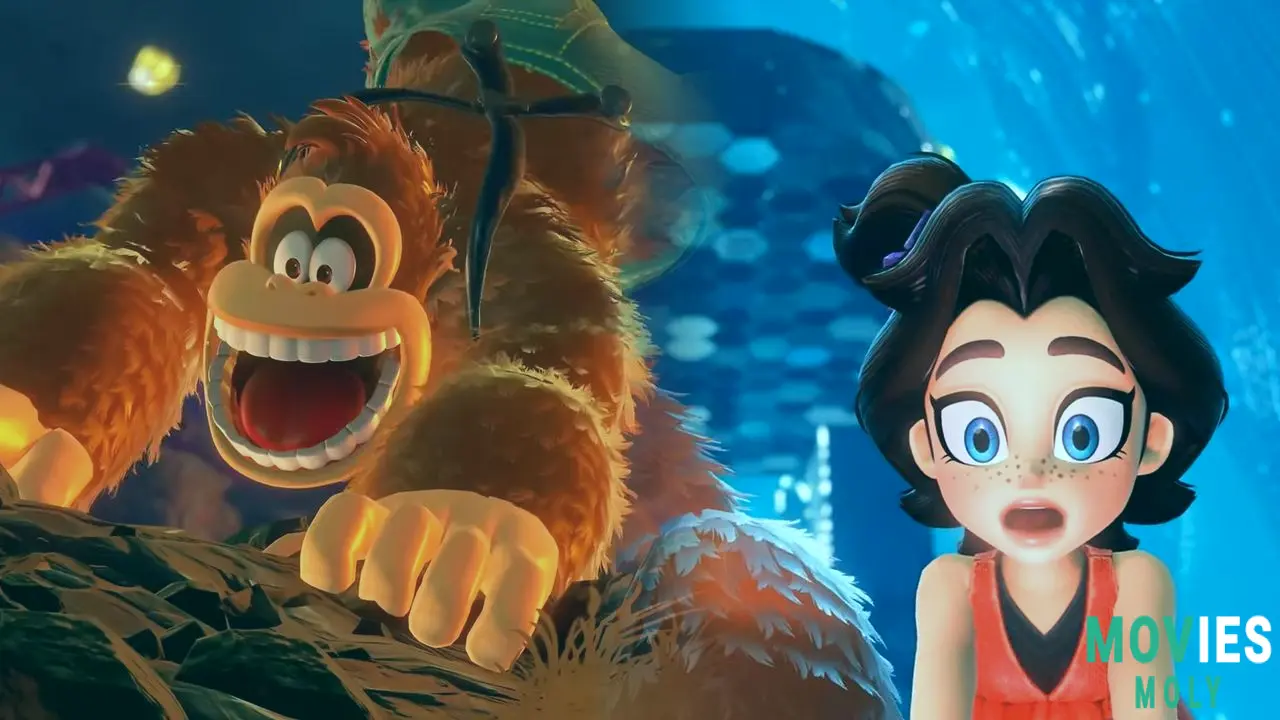
Players who want to fully complete Donkey Kong Bananza need to know how its mechanics work and explore every part of its destructible environments. There are 17 layers in the game, and most of them have more than one sub-layer full of side stuff.
The Best Upgrades for DK to Improve Your Skill Tree
In Donkey Kong Bananza, players can upgrade DK's powers and stats by spending Skill Points, which they get by collecting five Banandium Gems. Here are some good ways to go:
Players can change their skill points by talking to an Elder, which lets them try out alternative ways to play.
Finding All the Collectibles: Gems, Gold, and Secrets
Donkey Kong Bananza is a real collectathon. It has 777 Banandium Gems, about 700 Fossils, and other things like Discs and Outfits.
How to Beat Every Boss
In Donkey Kong Bananza, you often have to use DK's powers and the environment in a smart way to beat bosses. You have to use Bananza mode to break apart Grumpy Kong's statue and club to find his weak spot. This is the first big boss. To beat Peekabruiser, players have to punch or toss bits of terrain to break its octopus armor. Then they have to rapidly climb a hill to finish it off when its health is low. Always look for bright locations where you can dig up healing apples and gold to keep your Bananza transformations going throughout fights.
Things I Wish I Knew Before Playing: A Beginner's Guide
Technical and performance review of the Nintendo Switch 2
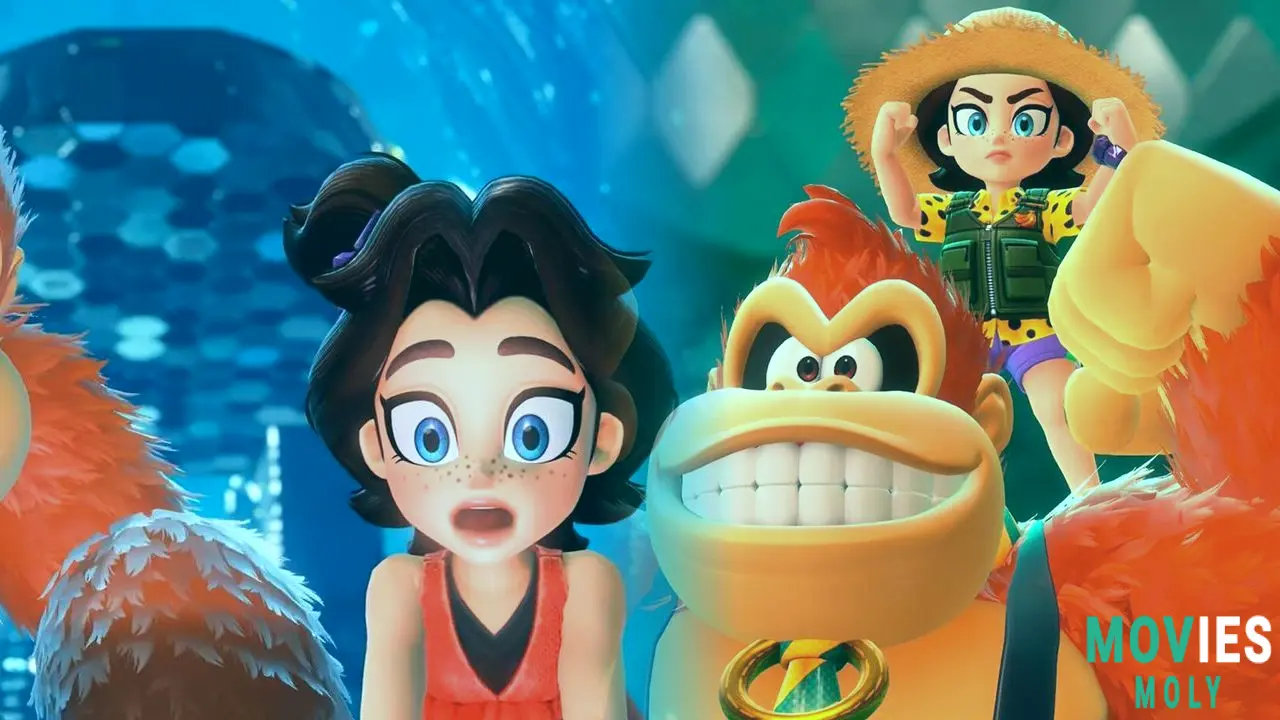
Donkey Kong Bananza really tests the limits of the Nintendo Switch 2, especially with its destructible surroundings made of voxels. Most of the time, the game plays at a smooth 60 frames per second, which makes for a seamless experience. But during some camera cuts or scenes of heavy damage, the frame rate can drop to 30 FPS for a short time. These decreases are obvious, but they usually don't last long and don't make the game much harder to play. The sound design in the game is also really good, and it works well with the Switch 2's 5.1 surround sound.
It's interesting to note that Nintendo chose AMD's FSR1 for upscaling instead of Nvidia's DLSS technology, which the Switch 2 supports. Even Nevertheless, the game's graphics are still great, with beautiful views and quick loading times.
A Comparison of Donkey Kong Bananza vs Super Mario Odyssey
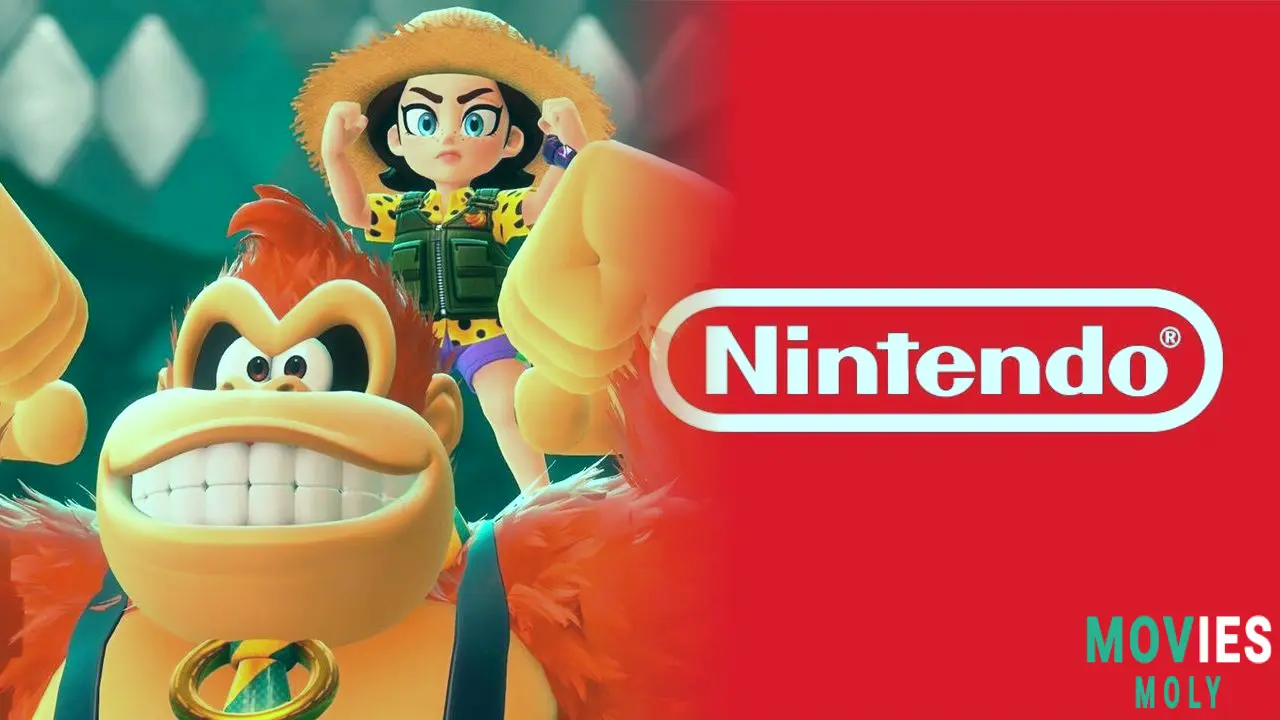
It's easy to compare Donkey Kong Bananza and Super Mario Odyssey as the same team made both games. Odyssey was all about Mario's quick movements and Cappy's capture techniques. Bananza, on the other hand, is all about Donkey Kong's sheer power and the many destructible surroundings.
Odyssey had a more structured universe with separate kingdoms, but it was still open. On the other hand, Bananza has big, sandbox-like underground layers that urge players to constantly destroy and change the environment as the main way to go forward and find new things. A big difference is how good it feels to shatter everything.
The development insights for #DonkeyKongBananza are very interesting. You can tell that the Super Mario Odyssey team worked on it, but it's very DK. #GameDev
Odyssey featured several times where you could interact with the environment, such digging for cheese in Luncheon Kingdom. Bananza makes interactivity a key part of the gameplay. Bananza's tempo often feels more dynamic because it throws more distinct ideas at the player every minute and gives them more leeway to solve problems.
What will happen to Donkey Kong after Bananza?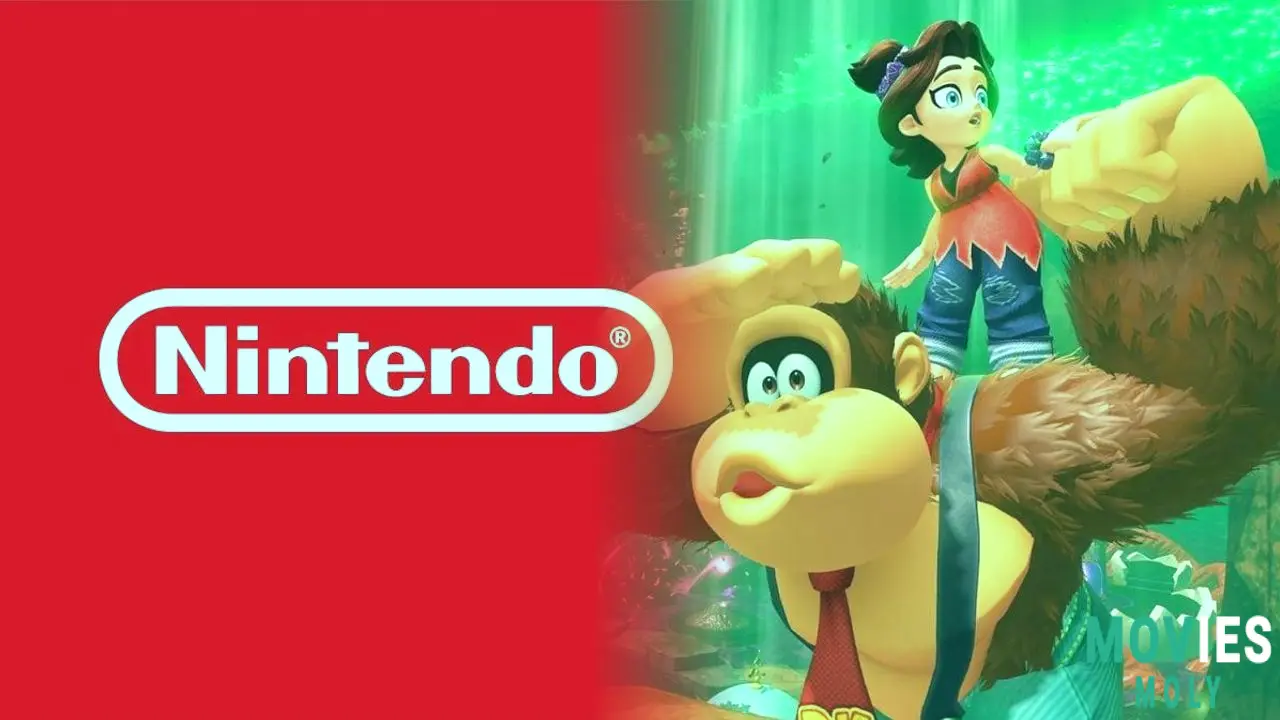
Donkey Kong Bananza has gotten good reviews, making it a big deal for the Nintendo Switch 2. If it does well, it could lead to a new line of 3D Donkey Kong games that are different from the 2D ones. The finale of the game and the things that happen after the credits, including King K. Rool showing up in boss fights, give hints about possible future plots and character appearances. The game has a lot of post-game content and trinkets, which makes it very replayable and sets the stage for future DLC or sequels.
#DonkeyKongBananza is a must-play if you like 3D platformers. It's so much fun to break everything, and the game has a lot of extra stuff after it ends! #Switch2
Donkey Kong Bananza: Common Questions and Answers (FAQ)